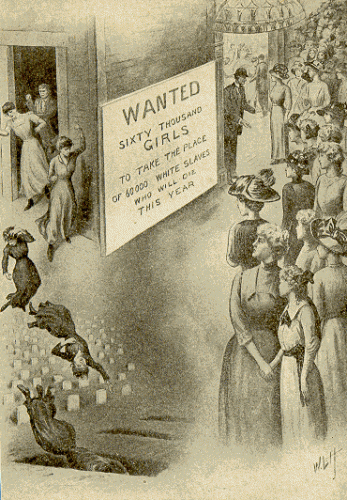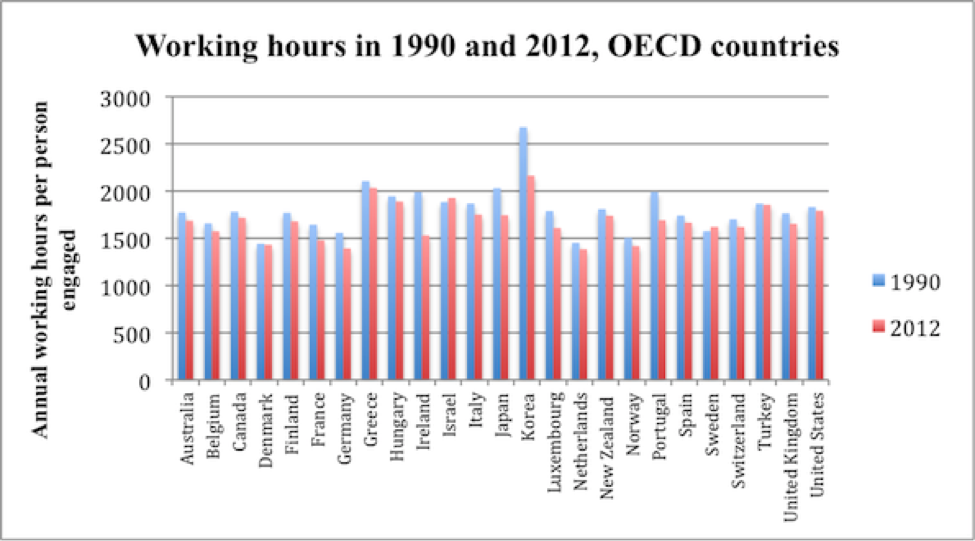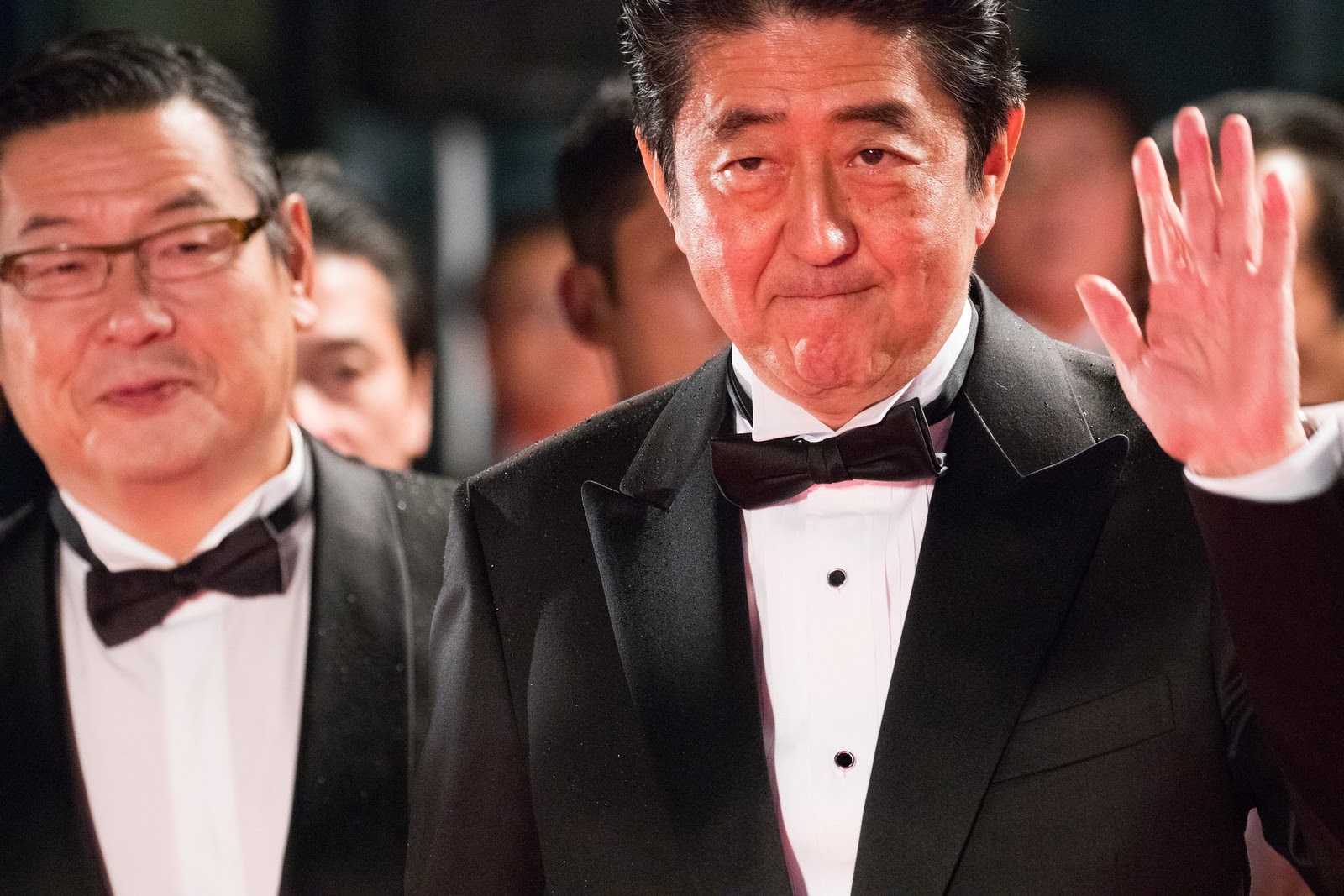It is a sad but inescapable truth about the history of international law—and internationalism more broadly—that much of it is fraught with racism, imperialism, and moral crusading. The counter-human trafficking regime is no exception. The earliest legislative action against human trafficking on an international level was conceived of as the International Agreement for the suppression of the “White Slave Traffic” (1904) before a singular supranational body was established. Of the states that originally ratified this, most of them were colonial powers that presided over primarily black and brown bodies. If the reader detects a glimmer of irony in this rhetoric, it would not be misplaced. The imagery of the white slave—women and girls, beholden to the lust and whims of exotic, swarthy men—was a compelling one, crafted in opposition to the colonized Other, an internalization of the mantle of “victim” as well as that of progress and “precocious” feminism. Moreover, the white slave traffic was positioned as “…‘more cruel and revolting than negro servitude’ as it was directed at women,” adding to the burgeoning historical revisionism of the transatlantic slave trade that ripples through until today.[1]
The shrinking of the world in the form of globalization accelerated the movement of peoples across the world, and women—often sex workers—rode the migrant waves along with sailors, workers, bureaucrats, and sundry.[2] Despite their perceived necessity as a salve to the gender imbalance caused by waves of working-class men and sailors of various stripes, sex workers were nonetheless subject to regulations and taboo-ification, as well as differential treatment based on their race and nationality. The white sex worker was a white slave in a way that differentiated her from brown and black sex workers—she was simultaneously stripped of autonomy and subject to greater moral rights than her less white counterparts. The trafficking victim—or the “white slave”—builds upon a morality constructed in the nineteenth century: “A young girl falls into the hands of malevolent men or tainted women, consequently losing her (sexual) innocence,” evoking both “salaciousness with moral righteousness” in the public.[3] This is the context in which the outset of counter-human trafficking is set.
Liat Kozma singles out the interwar colonial period—and the rise of the League of Nations—as the moment that “the question of ‘traffic in women’ and prostitution more generally” became an aspect of “postwar international relations.”[4] However, many countries began instituting similar controls at government levels around the turn of the 20th Century as well. For the sake of brevity, I will be looking at governmental legislations passed in the United Kingdom and the United States—the latter of which continues to be one of the loudest voices in the international counter-trafficking regime.
In the United Kingdom as well, “Victimhood in the white slavery discourse was constructed not only in terms of gender and class but also race;” and while many perceived victims of white slavery were usually exploited within the borders of Europe, it is prudent to remember that constructed whiteness at this point in Europe and North America had its own gradients.[5] Many populations we would consider “white” today without hesitation were subject to racialized discrimination for much of the 20th Century; the Irish, Slavic, Eastern Europeans, and much of Southern Europe would have been subject to similar rhetoric as with black and brown colonized folk. In fact, a woman engaging in sex work was spoken in terms of having bartered away her whiteness and associated purity, compromising—in turn—the purity of the British empire.[6] At this point, I should mention that in (most) modern feminist discourse on sex trafficking, there is an appreciation that sex work can be entered voluntarily; many European states (which were some of the original ratifiers of the 1904 and subsequent international legislations on the white slave traffic) have legalized and regulated sex work, hoping to position sex workers in a way that is societally advantageous to them. The important exceptions to this will be discussed in the next column.
However, moral crusades are rarely nuanced in nature; the addition of Empire and less-than-white sexuality only compounded the monolith of (white) sex work as (white) slave work. It is unsurprising, then, that the domestic legislation that compounded the racialized nature of trafficking and entry into sex work was the Aliens Act of 1905, crafted with a decidedly anti-Semitic agenda in mind. This was the United Kingdom’s formative legislative attempt at restricting immigration, with rhetoric that would not sound out of place in today’s anti-refugee rhetoric: of “alien paupers” and “…lack of hygiene, criminality, overcrowding, parasitism, and exploitation, gathered under such lurid subheadings as ‘The Shameless Greed of Parasites’, ‘Russia’s Refuse’, ‘Only Waste Products for England’…”[7] While the motivations of this immigration restriction act may not seem to have much to do with white slave traffic, its practical applications prove otherwise. The Alien Act, in conjunction with the state’s views on prostitution, was used to order deportations in addition to sentencing if an alien was found to have engaged in prostitution.[8] The police were empowered to surveil women suspected of engaging in sex work under the guise of watching for white slavery, and leveraged to justify increasingly draconian policies on immigration.
Across the Atlantic, the United States had passed the Mann Act 1910 to criminalize the “…[knowing] transport […] in interstate or foreign commerce, or in any Territory or in the District of Columbia, any woman or girl for the purpose of prostitution or debauchery, or for any other immoral purpose, or with the intent and purpose to induce, entice, or compel such woman or girl to become a prostitute or to give herself up to debauchery, or to engage in any other immoral practice…”[9] Part of the Progressive Era of turn-of-the-century America, the Act’s official title was the White Slave Traffic Act, ostensibly created to combat forced prostitution. This is suspect enough, bearing in mind everything discussed so far regarding the bandwidth of “white slavery” and all it entails—but the addition of the vague “debauchery” and “immoral practice” was where the true power of the Mann Act lay. The instrumentalization of the Mann Act in “[criminalizing] many forms of consensual sexual activity” and perpetuating “political persecution and even blackmail” was enabled due to the vast reach of those undefined words.[10][11]
Extra- and premarital affairs were criminalized through the enactment of the Mann Act, so long as the parties involved crossed state lines at any point; interracial relationships involving white women were similarly indicted under white slave traffic; the movement of unmarried couples across international borders was also charged. The Act also served as an extension of the Progressive Era’s anxiety over the modern, “fast” woman. The industrialized society found women increasingly moving to urban environments in pursuit of independence and work. The “ruined innocence” of the white slave—and the empowered woman—represented “the real and imagined loss of American rural innocence.”[12] Any legislation so capable of regulating the perceived moral integrity of women would have been welcome in this zeitgeist.[13] While not the rule, these instances were common enough that the Mann Act has come to be renowned for the draconian actions it perpetuated.
The spirit of the Mann Act, the white slavery hysteria, and the constantly resurrected vestiges of Progressive Era puritanicalism undeniably color the United States’ international actions in the counter-trafficking regime a mere hundred-odd years later. Anti-immigrant sentiment, the whitewashing of sexual exploitation, and the easy appeal of “salaciousness” and “moral righteousness” are detrimental to truly victim-centered solutions to sex trafficking and serve only to satiate the moral compasses of legislators and laypeople.
Thus far, I have only covered one portion of the storied history of the international counter-trafficking regime, with an emphasis on state legislation. In the next column, I will center discussion on the trajectory of internationalist efforts, including the European Union’s directive 2011/36/EU and the United Nations’ Palermo Protocols. After a discussion of the history of this regime, I wish to create a template to discuss the detrimental effects of conflating human trafficking with “modern-day slavery.” Once done, I will recenter discussion on state efforts in the implementation of international legislation and the extent of implementation. I will also look at states that have enacted policy to the detriment of victims of trafficking. I hope it is becoming clear that human trafficking—and the responses to it—have always laid at the intersection of several issues that are emblematic of modern international relations and the burgeoning liberal world order.
[1] Lammasniemi, Laura. “Anti-White Slavery Legislation and Its Legacies in England.” Anti-Trafficking Review, no. 9 (September 21, 2017). https://doi.org/10.14197/atr.20121795.
[2] Kozma, Liat. Global Women, Colonial Ports: Prostitution in the Interwar Middle East. Albany: SUNY Press (State University of New York Press), 2017.
[3] Doezema, Jo. Sex Slaves and Discourse Masters: The Construction of Trafficking. London; New York: New York: Zed Books, 2010.
[4] Kozma, Liat. Global Women, Colonial Ports: Prostitution in the Interwar Middle East. Albany: SUNY Press (State University of New York Press), 2017.
[5] Lammasniemi, Laura. “Anti-White Slavery Legislation and Its Legacies in England.” Anti-Trafficking Review, no. 9 (September 21, 2017). https://doi.org/10.14197/atr.20121795.
[6] Ibid.
[7] Glover, David. Literature, Immigration, and Diaspora in Fin-de-Siècle England: A Cultural History of the 1905 Aliens Act. Cambridge: Cambridge University Press, 2012. https://doi.org/10.1017/CBO9781139137102.
[8] Lammasniemi, Laura. “Anti-White Slavery Legislation and Its Legacies in England.” Anti-Trafficking Review, no. 9 (September 21, 2017). https://doi.org/10.14197/atr.20121795.
[9] White Slave Traffic Act, 18 U.S.C. §§ 2421–2424 (1910).
[10] “Unforgivable Blackness.” PBS. Accessed February 21, 2018. http://www.pbs.org/unforgivableblackness/knockout/mann.html.
[11] Weiner, Eric. “The Long, Colorful History of the Mann Act.” NPR, March 11, 2008. https://www.npr.org/templates/story/story.php?storyId=88104308.
[12] Doezema, Jo. Sex Slaves and Discourse Masters: The Construction of Trafficking. London; New York: New York: Zed Books, 2010.
[13] “Unforgivable Blackness.” PBS. Accessed February 21, 2018. http://www.pbs.org/unforgivableblackness/knockout/mann.html.



